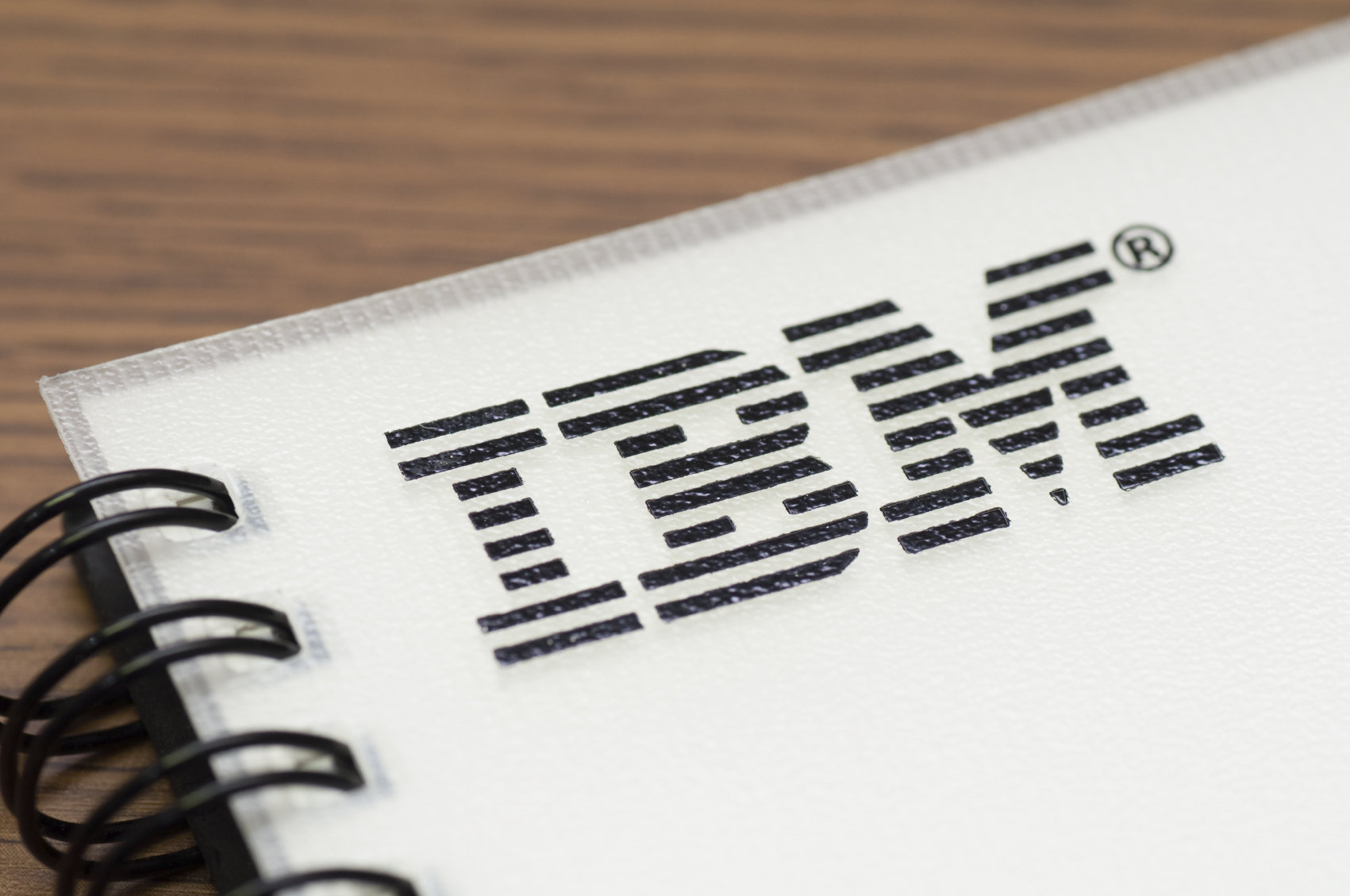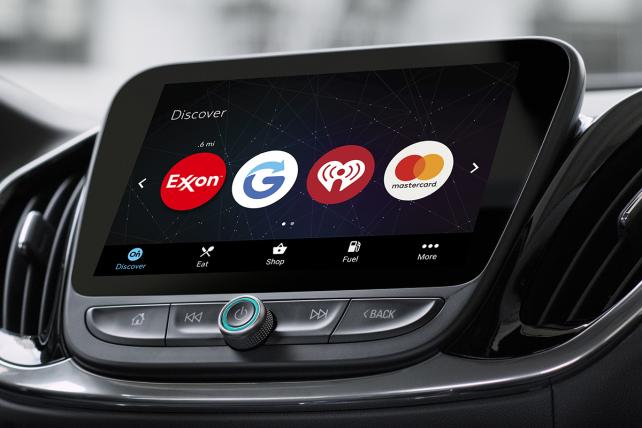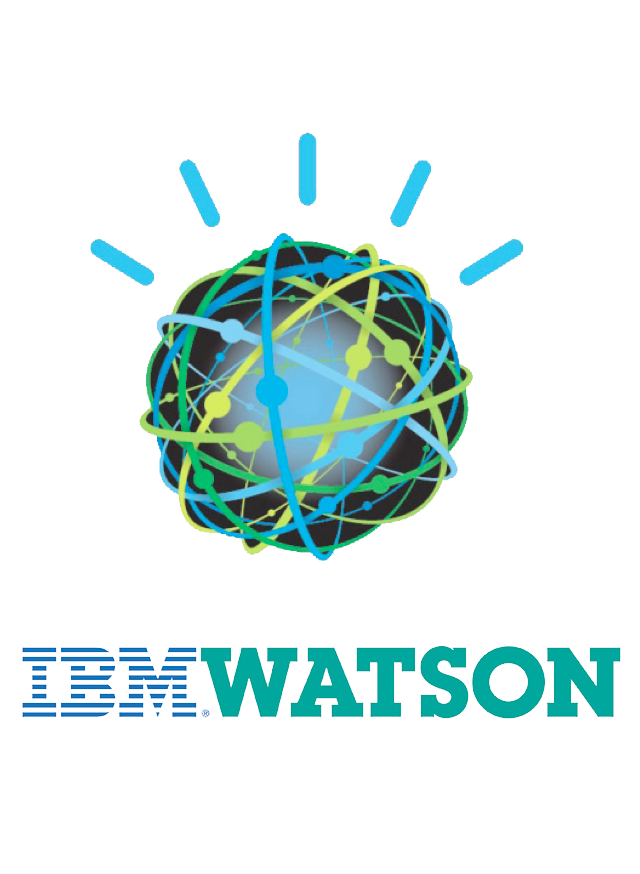What Happened
IBM continues to expand the marketing capabilities of its cognitive computing service Watson as it announced two new features this week. First, the new Watson Marketing Insights feature can analyze customer behaviors and offer insights on how they may affect businesses. For example, this new feature can be applied to analyze the possible correlation between shopping cart abandonment and brand loyalty, according to IBM’s press release.
Moreover, IBM will also be applying Watson’s cognitive smarts to analyze video for information such as keywords, main concepts, visual imagery, tone, and emotional context. This feature, set to launch later this year, aims to help media and entertainment companies make sense of unstructured data and extrapolate audience insights so as to deliver more relevant content to viewers.
What Brands Need To Do
These upgrades for Watson’s marketing services come at a time when early-adopting companies are beginning to experiment with AI-powered solutions in their business and marketing practices. For example, H&R Block integrated Watson into its tax filing system to helping people maximize their tax returns. As AI and machine learning technologies continue to develop at a fast pace, brands need to explore the kind of personalized user experience and product recommendations that AI-powered CRM solutions enable based on data and user input.
For more information on how brands may tap into the transformative power it will bring to marketing, please check out the Augmented Intelligence section of our Outlook 2017.
Source: PressWire & NewsFactor







